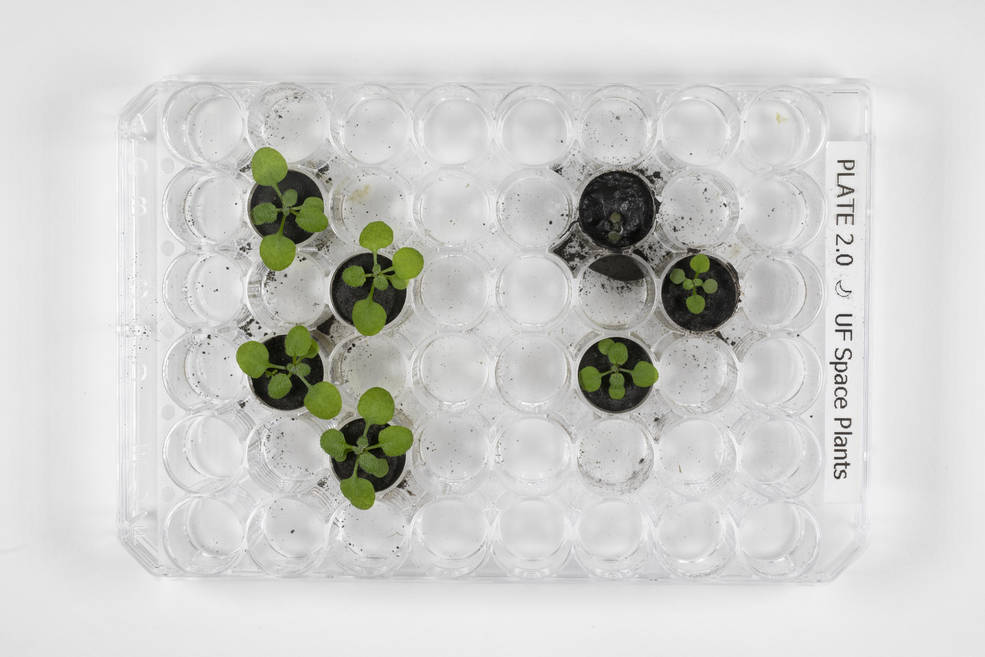The Federal government conducted a test for engineering and technology literacy, and for the very first time, girls have outperformed boys. The exam, named the National Assessment of Educational Progress, or simply NAEP, was conducted on May 17th. Results show that 43 percent of students tested were proficient in the field. Among those, 45 percent were girls, whereas 42 percent were boys.
The test was specifically designed to analyze the test takers’ ability to understand a specific technological problem and design a solution for it, through collaboration and communication. This test indicated that girls possess stronger problem-solving skills as far as technology and engineering literacy are concerned. This was the interpretation of the nation’s Report Card, which was released on the same day.
There were more than 800 schools nationwide that took part in this test, with around 21,500 student participants. The test was computer based, where the students were given some scenario-based problems extracted from real life, and they were asked to provide a solution for those problems. This test also asked the students to generate data and provide justifications for the problems with the help of evidence. Some of the problems that were presented in the NAEP exam included designing a safe bike lane and creating an online exhibition showcasing the history of Chicago in dealing with water pollution.
From these results, it can be argued that girls have higher intellect when it comes to designing systems, communicating, and collaborating with the help of technological tools. This indicates that just like boys, girls too have critical thinking skills that will help them succeed in the field of engineering and technology. Caucasian girls scored an average of 162 out of 300 points, which was 4 points higher than that of the boys, whereas girls belonging to minority groups scored 131 points, which is 5 points higher than that of the boys. The average points of the Asian and Hispanic school girls and boys was the same.
This test is known for providing schools with information on the performance of students in subjects like math and reading. NAEP, in the year 2015, declared 33 percent of the students proficient in math while 34 were considered proficient in reading. This exam is crucial for the overall education system as it helps the educational staff, as well as the policymakers, to keep a track of the communication, problem-solving, and technological skills after a certain time period. This also assists policy makers in designing policies accordingly depending upon the results. This year’s exam will form the baseline for the test in 2018.







